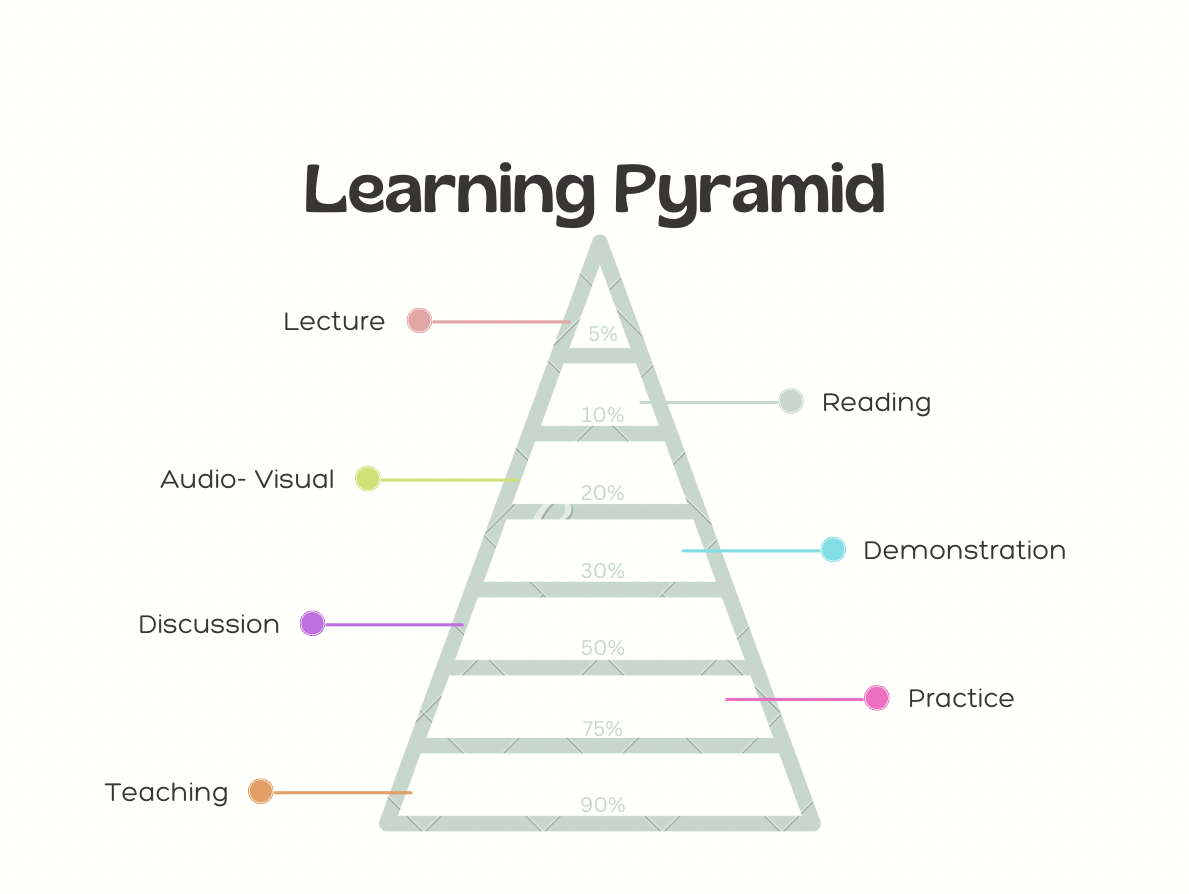Community, Leadership, Experimentation, Diversity, & Education
Pittsburgh Arts, Regional Theatre, New Work, Producing, Copyright, Labor Unions,
New Products, Coping Skills, J-O-Bs...
Theatre industry news, University & School of Drama Announcements, plus occasional course support for
Carnegie Mellon School of Drama Faculty, Staff, Students, and Alumni.
CMU School of Drama
Friday, February 10, 2023
Audience Retention via UX Design in Museums
AMT Lab @ CMU: As discussed in a previous article, UX design in museums is as crucial as it's ever been. In a society that is moving out of the pandemic and back into the public sphere, it is imperative for museums to get creative with solutions for new, “innovative,” and exciting UX designs to drive attendance back to in-person visits. However, this may be easier said than done.
Subscribe to:
Post Comments (Atom)

3 comments:
I’m not at all shocked to learn that lecturing was the least effective mode of teaching on this learning pyramid. I find it so interesting that the movement through museums are studied, it makes perfect sense. I agreed with the portion that said that people aren’t likely to spend a long time doing focused reading to comprehend the exhibit. I enjoy going to museums and I try to go to museums whenever I travel to new places, I enjoy reading a lot, but even I won’t spend a ton of time reading for one exhibit. I also feel as though I am exactly the type to either scan the display and walk away, or scan and engage. There is no in between for me, I either fully engage, or walk away and find another – these exhibits have mere seconds of my attention before making a decision, so I see why this is so important to spend time focusing on this topic and studying it.
Before reading this article, I had never even heard of UX design, much less thought about how it would apply to museums and how important it is in keeping an audience engaged. The science of it all is very fascinating. I never knew that there were so many ways in which an audience is kept engaged and that all of them have differing levels of efficacy. After reading this article, you would think that because engagement can be so quantifiable in some cases, there would be an example of an experience design that is the perfect design and is the best way to do things. However, this is not the case. Exhibits are so different and have so many different needs and ways of perceiving them that no two experience designs are exactly the same. Some of the examples that they gave, like the Frida Khalo exhibit, are so cool and innovative in their designs and I hope that in the future, more museums experiment with experience design.
I found this article to be very genuinely interesting! Everything covered in this article made a lot of sense to me, and it was nice to be able to read it in a definitive way. I’ve never seen the learning pyramid before, but it was kind of eye-opening for me. Thinking back to high school, it’s crazy how much more you can learn from a teacher that actually teaches rather than one that stands in front of the class and reads a script. The study on the layout patterns and attention was fun to read, too. Again, it’s cool to see these things on paper and make the connections with museums you’ve seen in the real world – and realize how different museums HAVE caught your attention differently with different layout patterns. The Frida Kahlo exhibit and the Krishna exhibit both looked so interesting (in no small part, I’m sure, to their UX design).
Post a Comment